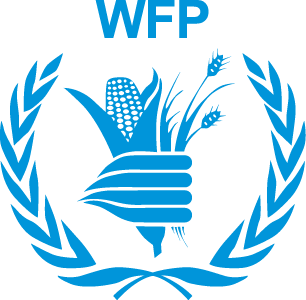The World Food Programme is the world's largest humanitarian agency fighting hunger worldwide.
In emergencies, we get food to where it is needed, saving the lives of victims of war, civil conflict and natural disasters. After the cause of anemergency has passed, we use food to help communities rebuild their shattered lives.
WFP is part of the United Nations system and is voluntarily funded.
Born in 1961, WFP pursues a vision of the world in which every man, woman and child has access at all times to the food needed for an active and healthy life. We work towards that vision with our sister UN agencies in Rome -- the Food and Agriculture Organization (FAO) and the International Fund for Agricultural Development (IFAD) -- as well as other government, UN and NGO partners.
On average, WFP reaches more than 80 million people with food assistance in 82 countries each year. 11,367 people work for the organization, most of them in remote areas, directly serving the hungry poor.
To learn more, watch the video outlining our mission, read our Mission Statement and our 2013 Annual Performance Report or download the Infographic.
Members:
Resources
Displaying 16 - 18 of 18FAO/WFP Crop and Food Security Assessment Mission to Myanmar - Special Report.
ABSTRACTED FROM THE OVERVIEW: At the request of the Ministry of Agriculture and Irrigation of Myanmar (MOAI), a joint FAO/WFP Crop and Food Security Assessment Mission (CFSAM)) team visited the country from 5 October to 4 November 2008. The main objective of the Mission was to analyze the food supply situation for the forthcoming year at the national and subnational levels (particularly in Cyclone Nargis-affected areas) and estimate food and agricultural assistance needs.
Cambodia - Comprehensive Food Security and Vulnerability Analysis
The overall objective of this Comprehensive Food Security and Vulnerability Analysis (CFSVA) is to analyze the food security and vulnerability conditions of population groups and communities, and to provide baseline information to WFP decision makers.
Food Security Profile
This Report summarizes the
findings of the Food Security Profiling assessment carried
out across the Dry Zone, especially
in Magway Division in August 2008.
This is the first time a Food Security Prof
iling exercises has been conducted in the Dry
Zone by the WFP and its Cooperating Partne
rs, including OISCA, TDH, REAM, ADRA,
and World Vision and the line department for Dryzone Department of Development
Affairs. This profile attempts to present a sn
apshot of household food security in the Dry



